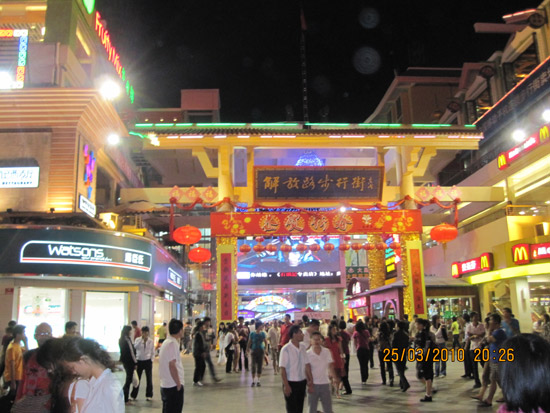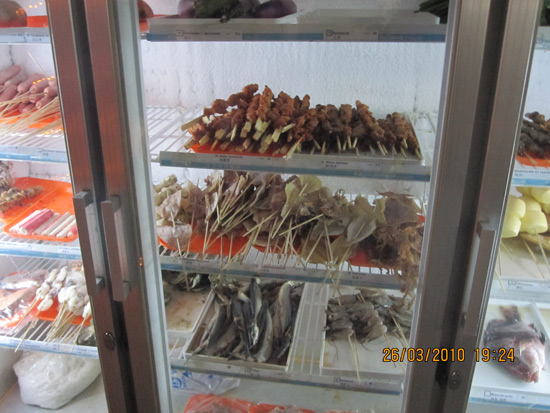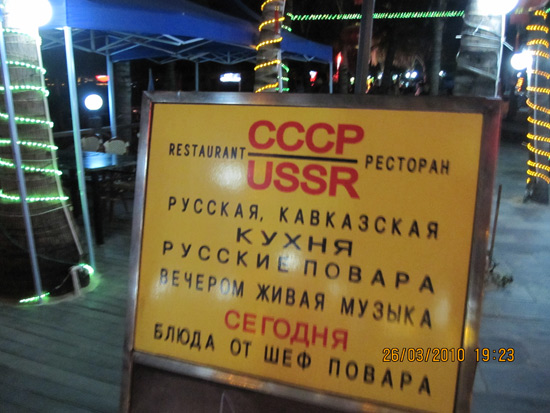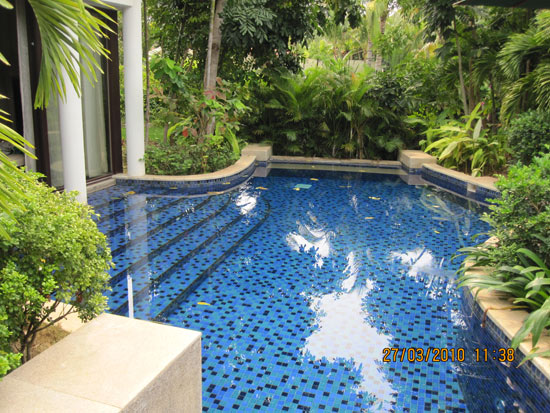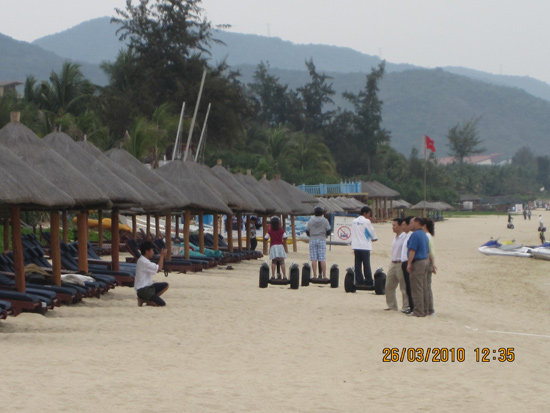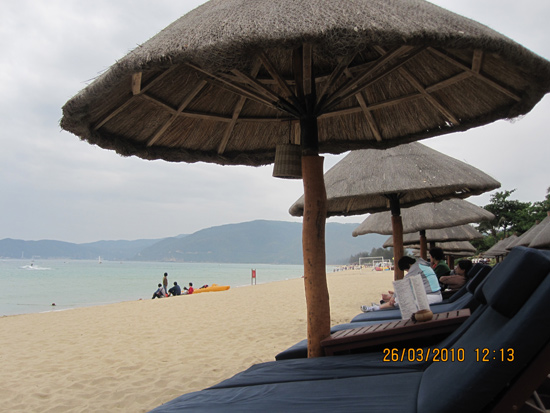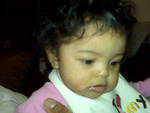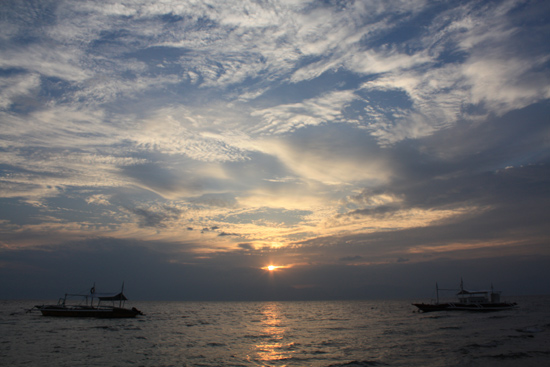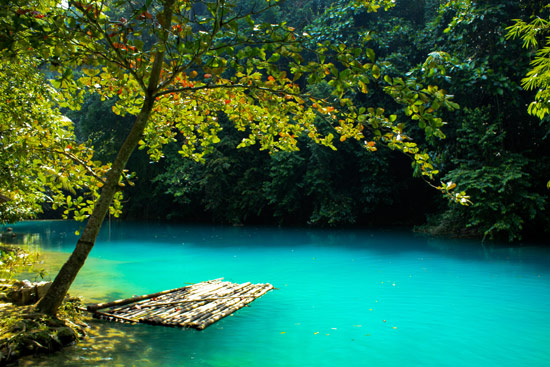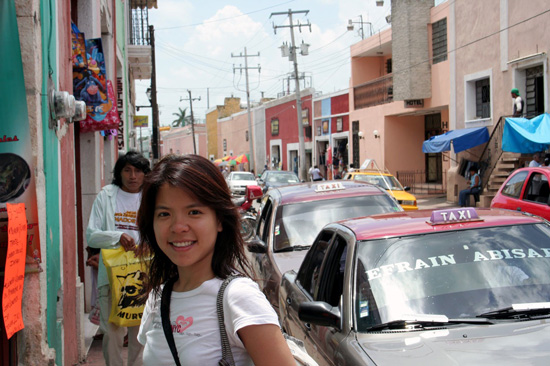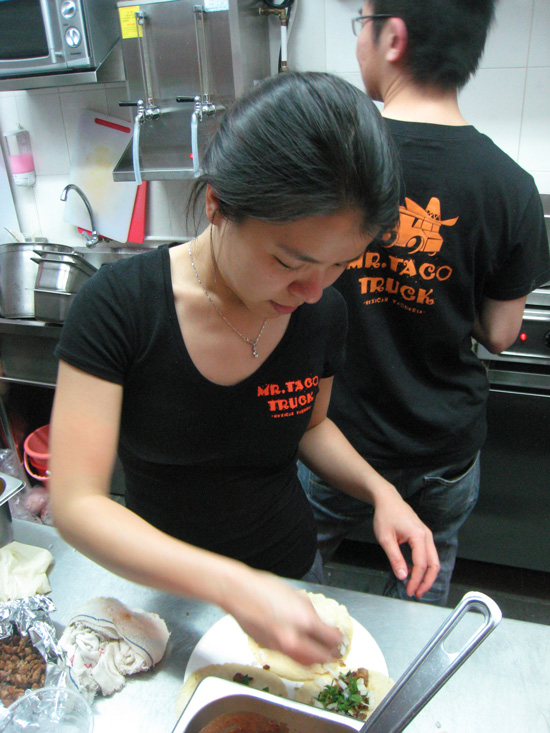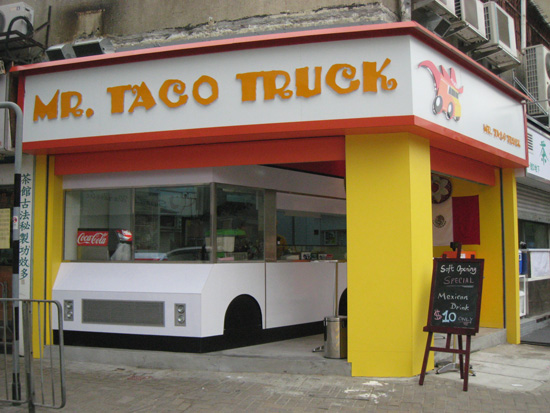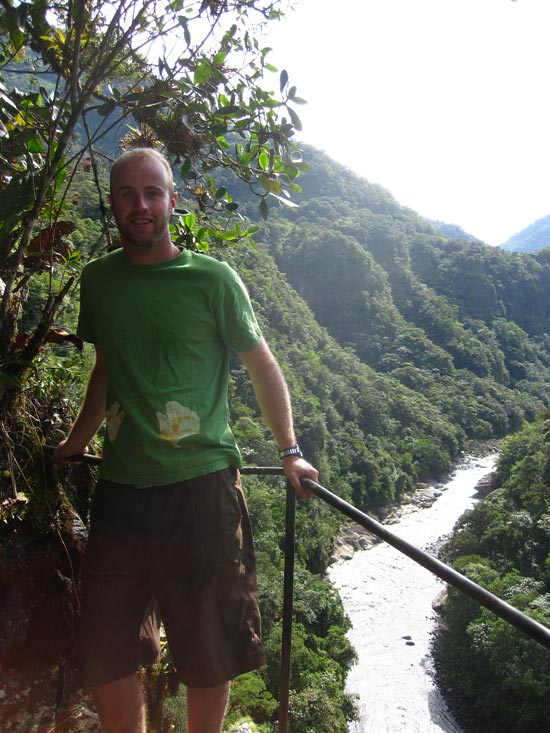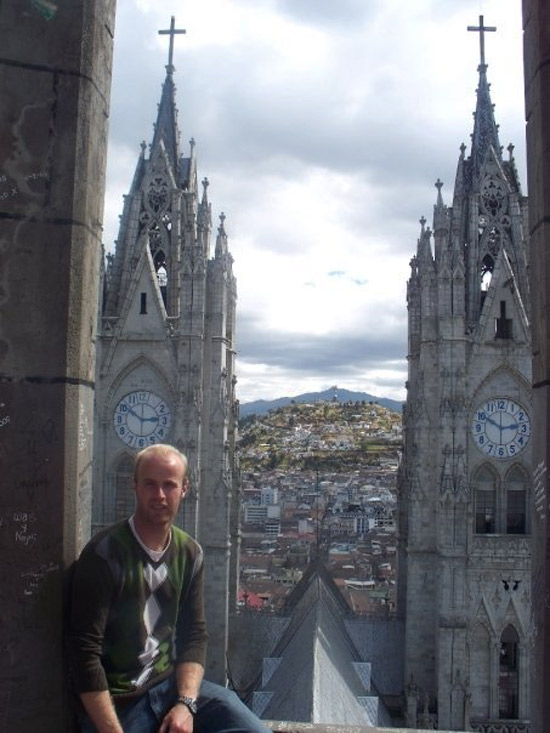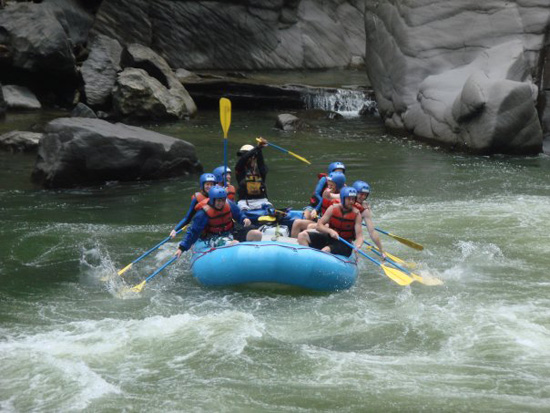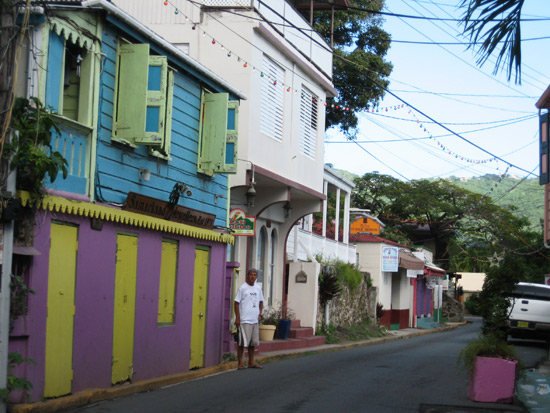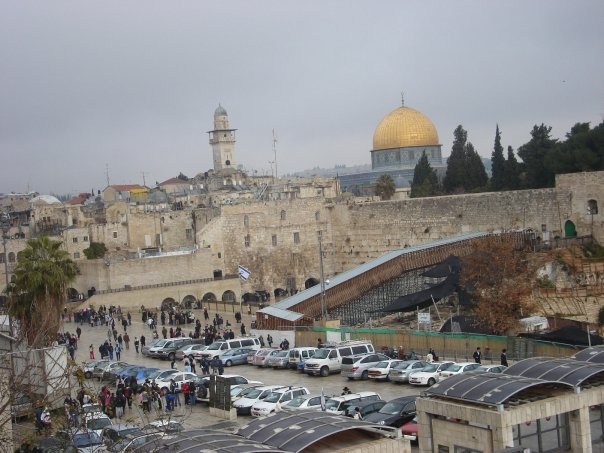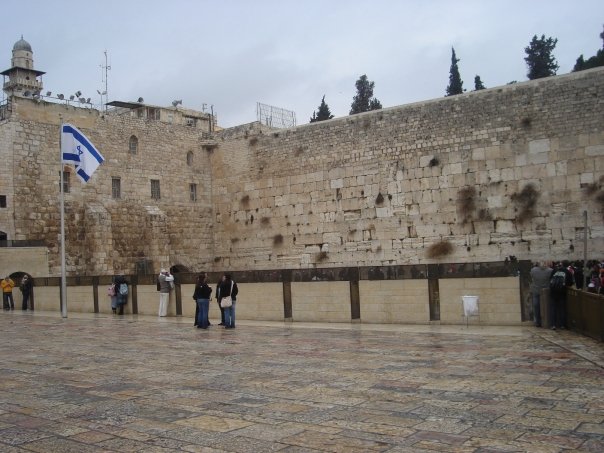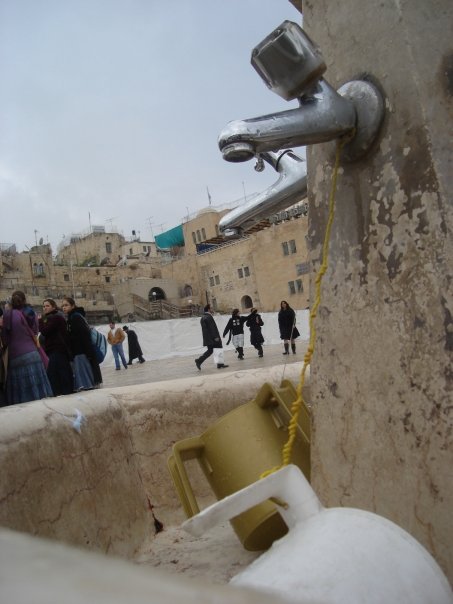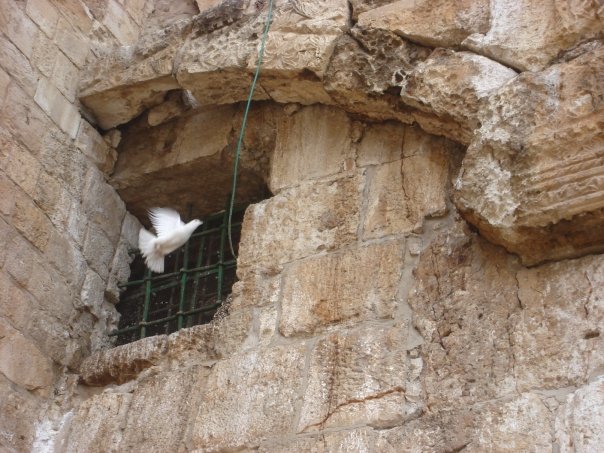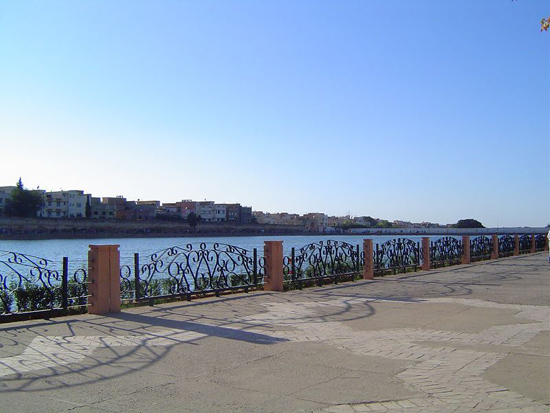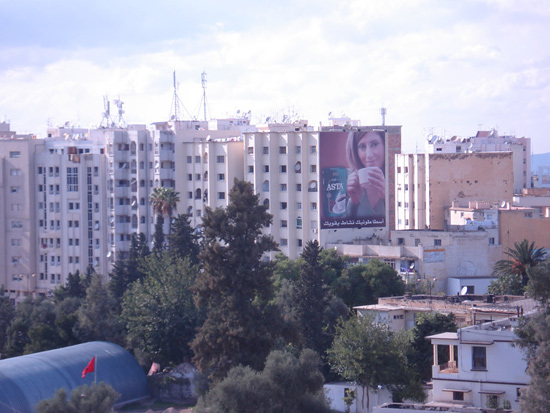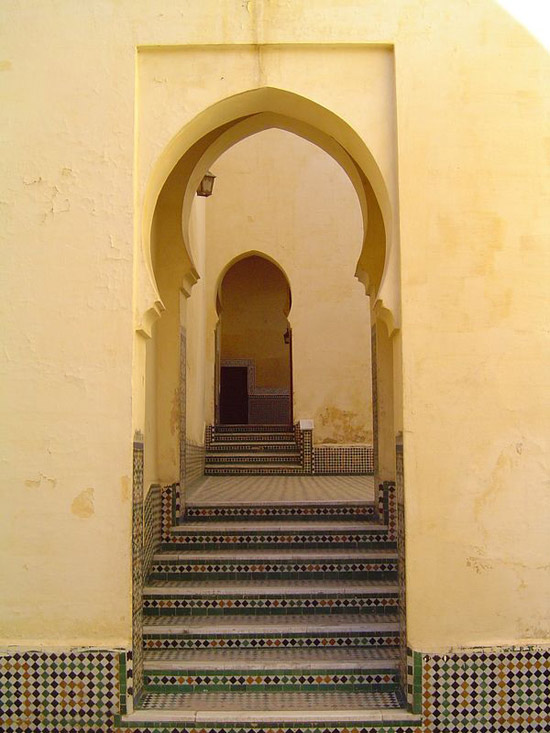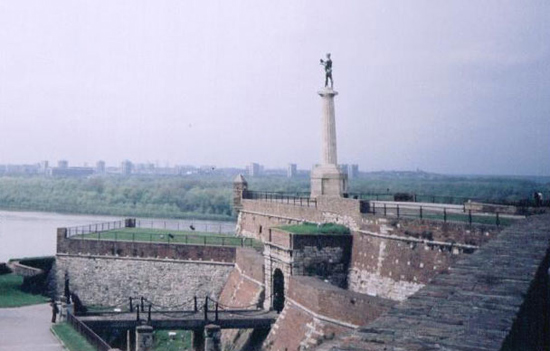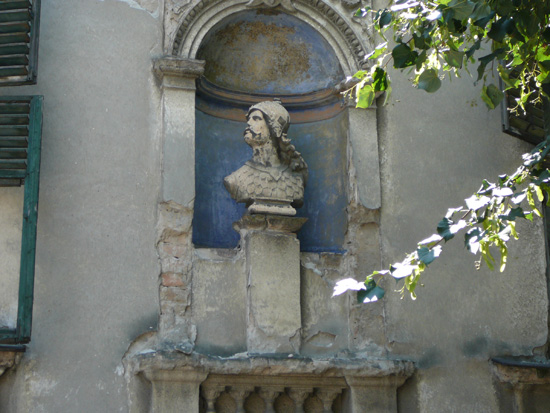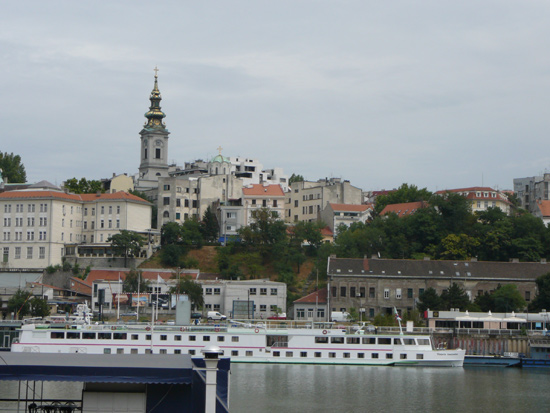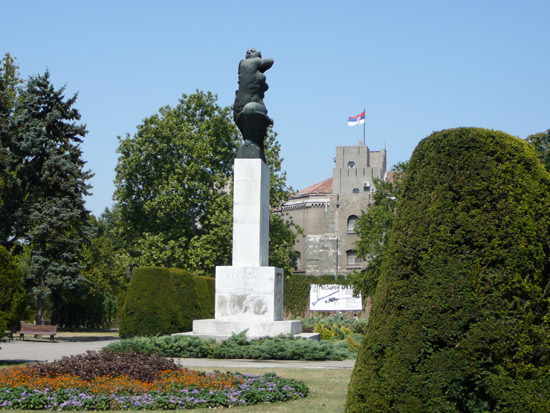There isno time off from being handicapped. You are always on display when you leaveyour house, always proving what you can do. Once in a while someone asksfor the details of my condition. On a trip to Disney World in Florida, I wasasked if I suffer from the effects of the drug thalidomide. The answer is no.
I was bornwith a rare blood disease which causes my platelet count to be low. The doctors,after a week of decision, put all my conditions together and nicknamed thedisease TAR Baby; TAR stands for thrombocytopenia absent radii. They took myblood disease and combined it with my physical handicap to create a name for mydisease.
I wastold that, when I was born 33 years ago, only seven people had mydisease.
Thephysical handicap draws people’s attention to me. Both my arms are short, butthe right is even shorter than the left, which has fewer bones missing. My legsare handicapped as well. At my hips my legs are turned in to each other so thatI can turn my legs to point my feet behind me. I usually only turn them aroundin the snow to see my footprints next to each other in opposite directions — myhandicap humor for the winter. It took me several years to realize that my limpstems from a left leg that is longer than the right.
I wasblessed with two understanding and strong parents. Whatever the doctors said Ineeded, my parents did for me. I had leg braces to straighten and strengthen mylegs. The first two years of my life I was in and out of the hospital toreceive blood transfusions. There were life-threatening moments for me there,but luckily my body stabilized and has learned to live on the low plateletcount.
Thedoctors could not answer why I was alive. They felt since there was no reasonfor me to live, there should be no reason for me to die young. They neverplaced a life expectancy on me.
My clothesare bought in regular stores. My pants are hemmed when they are too long. Idon’t see hemming my pants as a big deal. I am 4 feet 11 inches tall.Most girls my size have their pants hemmed to fit. Of course, the right leg hasmore of a hem so that the pants fall at the same spot when on me. I buy mostlyshort-sleeved T-shirts, and they come pretty far down my arms to allow me towear them year round. I buy some sweaters and have them and a winter coat cutby a seamstress.
New stylesmake getting sneakers without shoelaces easier to find. I use to tie my shoesfirst and then put them on. Velcro never worked well for me because it alwaysripped apart.
My parentsnever treated me differently. I have an older brother and a younger brother,and we all had bicycles, except my bike had handles bent in so I could reachthem.
I was sentto Kessler Rehabilitation Center to learn how to drive a car. No, I did nothave my license on my 17th birthday, but I only had to wait a few extra monthsto take the driving exam.
I went toa regular grammar school and high school. The kids treated me well and on mostdays accepted me as an equal.
Life isnot always easy for me. It is very hard to find companies that will hire me. Inmy teenage years I wanted to be a cashier for a fast-food chain. I was called onthe phone to come in for an interview. When I went there and asked for themanager, he walked away and stayed in the back until I left. He told anemployee to tell me he double-booked a meeting and had to reschedule. I wasnever called with a rescheduled time.
I am acollege graduate with a degree in marketing. I was never able to find a jobopening in that field. I work at a desk job and in my spare time crochet dollclothes to sell on eBay. My fingers might be crooked, but I can hold a needleand work the yarn, producing even stitches. My father wanted me to have a hobbyas a kid. I had a cousin who taught me the basic crocheting stitches, and Ibought books to advance my skills.
As if mybasic handicap wasn’t enough, in my sophomore year of college I developed newcomplex partial seizures. They are milder than grand mal seizures. It wasimperative that the medicine I was prescribed to treat them not affect myblood. Only two medicines out there fit that criterion. One of them worked, andI have been seizure-free for five years. My seizures seemed to bother me morethan my birth handicap. I decided to write a fictional book loosely based onthese types of seizures. I hope I have better luck selling it to a publishinghouse than I had finding a job in marketing.
Thedoctors think my disease is hereditary. They feel that my brothers and I carryit in our blood. My parents were told the disease is so rare, it is likehitting the millionaire lottery twice in one year.
Needlessto say, my parents do not gamble. My father blames the volcano Mt. Nyiragongoin the Democratic Republic of the Congo that erupted in January 1977 before mybirth, and my mom tells me there was a black cloud over China. I neverunderstood how a cloud in China could deform a baby born in the United States.I don’t know what caused my disability, but I do know it is part of mypersonality. It has made me a stronger person to overcome it. I feel with thehelp of my family I have done a pretty good job of living life to the fullest.
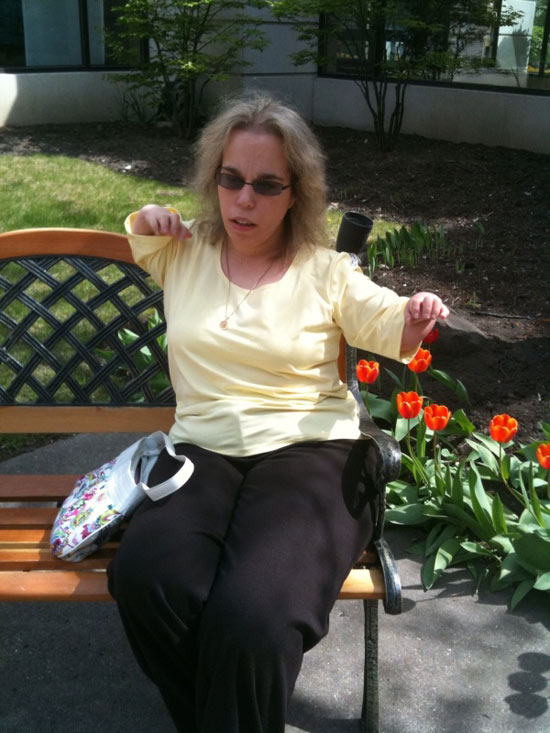
LaSpada has completed the novel, “The Library ofJournals” about two sisters, one of whom is stricken unexpectedly with complexpartial seizures. Her struggle to adjust consumes her life and pushes peopleaway.
Follow her on Twitter at @LMLaSpada
Related story links:
· Womanbeats odds to earn black belt
· Mass.woman with no arms gets black belt
· Inherited Bone Marrow Failure Syndromes
· NationalOrganization for Rare Disorders
· WebMD
- Follow us on Twitter: @inthefray
- Comment on stories or like us on Facebook
- Subscribe to our free email newsletter
- Send us your writing, photography, or artwork
- Republish our Creative Commons-licensed content


